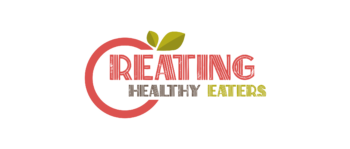
820views
Minimally Invasive Surgery (MIS) has revolutionized the field of medicine by offering less invasive alternatives to traditional open surgeries. By utilizing advanced technology and innovative techniques, MIS aims to minimize trauma to the body, reduce recovery time, and enhance patient outcomes.
Techniques of Minimally Invasive Surgery:
- Laparoscopy: In laparoscopic surgery, small incisions are made through which a camera and specialized surgical instruments are inserted. This allows the surgeon to perform the procedure with precision while viewing the internal organs on a monitor.
- Robot-assisted Surgery: Robotic systems enhance the surgeon’s dexterity and provide a 3D view of the operating field. This precise control allows for complex procedures to be performed with greater accuracy and minimal invasiveness.
- Endoscopy: Endoscopic procedures involve inserting a thin, flexible tube with a camera and light source into the body to visualize and treat internal structures without the need for large incisions.
Benefits of Minimally Invasive Surgery:
- Reduced Pain and Scarring: Since MIS involves smaller incisions, patients experience less pain management clinic and scarring compared to traditional open surgery.
- Quicker Recovery: Minimally invasive procedures typically have shorter recovery times, allowing patients to return to their normal activities sooner.
- Lower Risk of Infection: With smaller incisions and reduced exposure of internal organs, the risk of post-operative infections is minimized in MIS.
- Improved Cosmetic Outcome: The smaller scars from MIS procedures result in a better cosmetic outcome, which can boost patient satisfaction.
- Less Blood Loss: Minimally invasive techniques often lead to less blood loss during surgery, reducing the need for blood transfusions.
Overall, Minimally Invasive Surgery offers a host of benefits for patients, including faster recovery, reduced pain, and improved outcomes. As technology continues to advance, the field of MIS is poised to expand further, providing patients with even more minimally invasive options for various medical conditions.
add a comment





